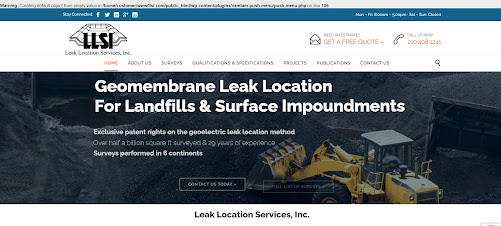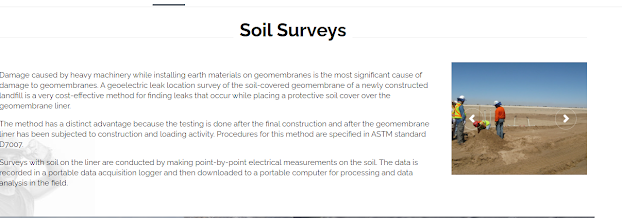Leak Location Services

For the wading survey mode the survey personnel wade in the water and systematically scan the submerged liner to locate any leaks. For this method, a water depth of between six and 30 inches (150 and 750 mm) is required. Temporary survey lanes are established across the bottom and are scanned with overlapping coverage. The liner field seams that can be located are double-checked. When detected, leaks are located to within one inch (25 mm) or less and immediately marked. The side slopes can be surveyed with deeper water using a long probe that is systematically scanned along the side slopes. Leak Location Services



